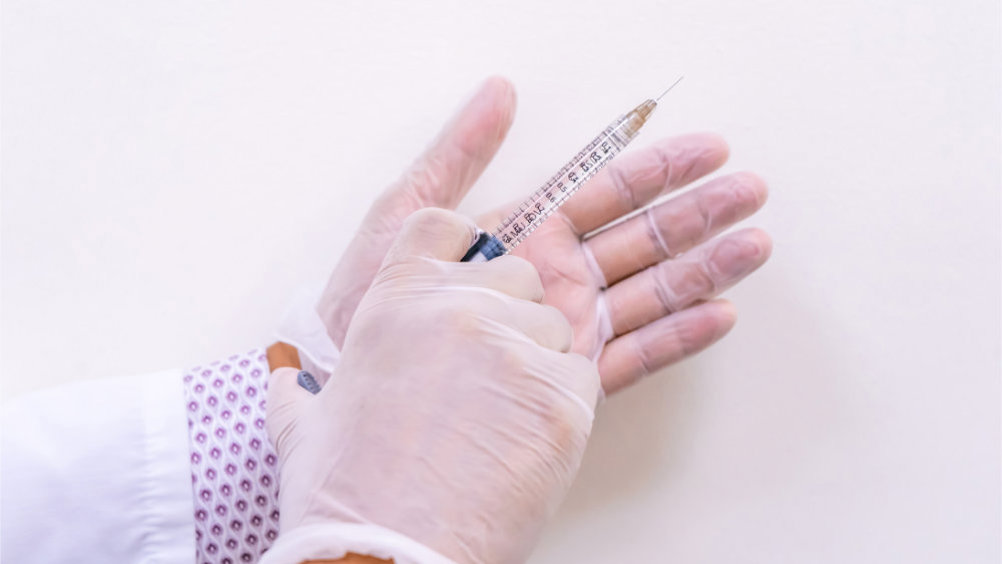References
A global approach to skin health and rejuvenation

Abstract
Non-surgical facial and body rejuvenation continues to gain popularity globally as a low downtime option for restoring facial volume, improving skin tone, texture, collagen and hydration levels and reducing facial hyperpigmentation and photodamage while also offering enhancements through facial balance and symmetry using non-surgical interventions. It is important to take into consideration that today's modern patient is becoming more discerning and aware of various options available in the medical aesthetics world; however, it is important that providers employ a treatment algorithm for the safest enhancement and optimal outcomes. This article will provide a framework for the clinician to guide the patient in first laying the foundation for healthy skin practices, the gradual introduction of energy-based rejuvenation and, lastly, offering facial injectables only when necessary so as to promote a holistic, balanced and safer approach to optimal facial rejuvenation.
There are a number of non-surgical rejuvenation products and devices globally available to support patients and help them address their skin and rejuvenation goals. While some products and devices provide more predictable and noticeable results and are less technician dependent, some products and devices, such as neurotoxins and dermal fillers, do require a particular skillset and are heavily technician dependent, which leads to increased variables in achieving ideal outcomes. This article will discuss an algorithm to provide facial rejuvenation and ideal facial ratio achievement by focusing on a more global and holistic approach, beginning with topical skin health promotion, full face muscle modulation, revolumisation and important safety and side effect considerations for optimal outcomes (Figure 1).
A basic topical skincare routine is an example of a non-surgical and at-home intervention that can assist with setting the stage for skin health through the use of daily and nightly topical products, such as cleansers, moisturisers, sun protection factor (SPF) and exfoliants. Skincare can assist with preparation and recovery for non-surgical and in-clinic interventions. Safety considerations include avoiding topical formulations with ingredients that are known to contribute to allergic atopic dermatitis, as well as other skin and systemic disturbances (Cohen et al, 2022).
Register now to continue reading
Thank you for visiting Journal of Aesthetic Nurses and reading some of our peer-reviewed resources for aesthetic nurses. To read more, please register today. You’ll enjoy the following great benefits:
What's included
-
Limited access to clinical or professional articles
-
New content and clinical newsletter updates each month


